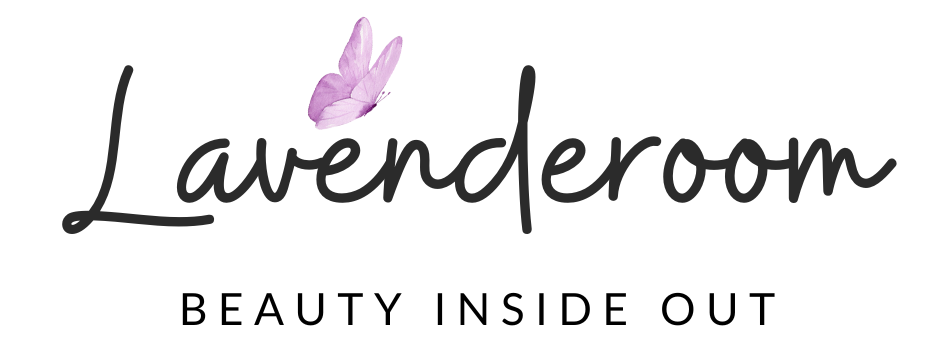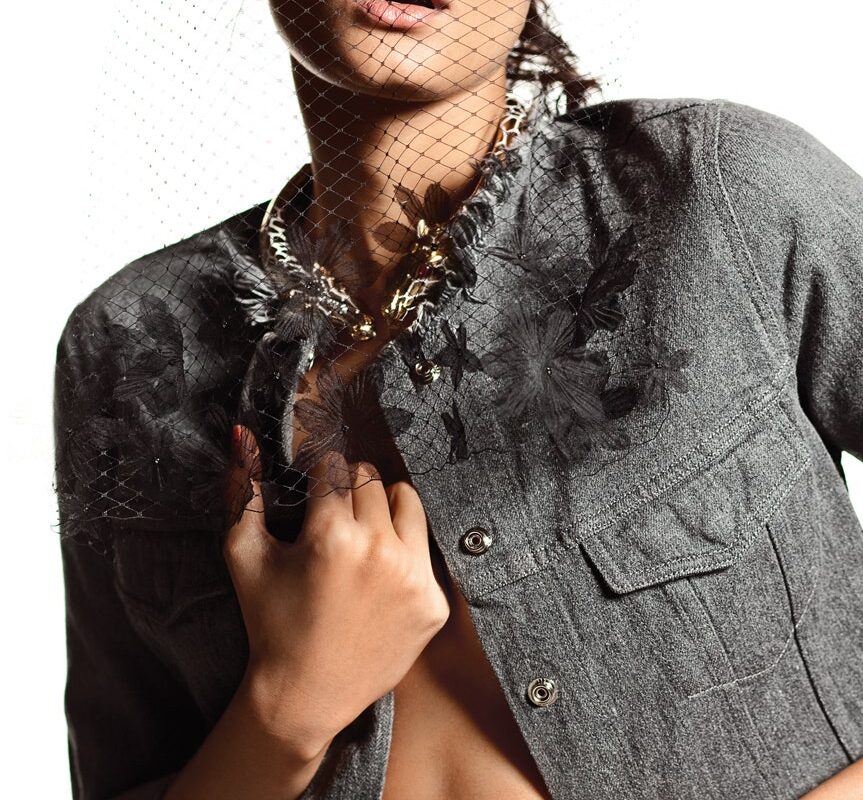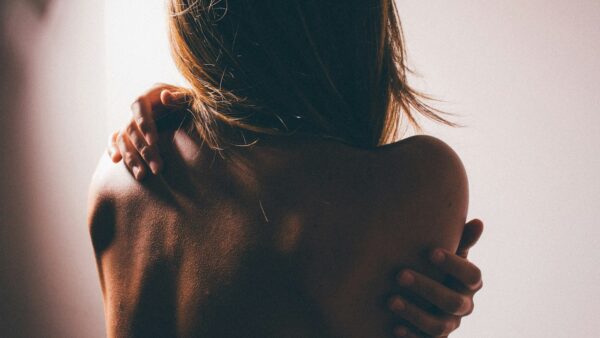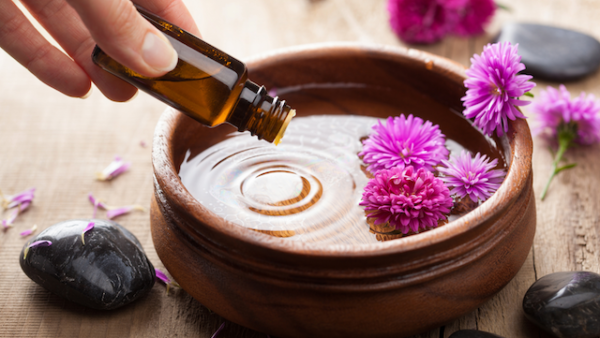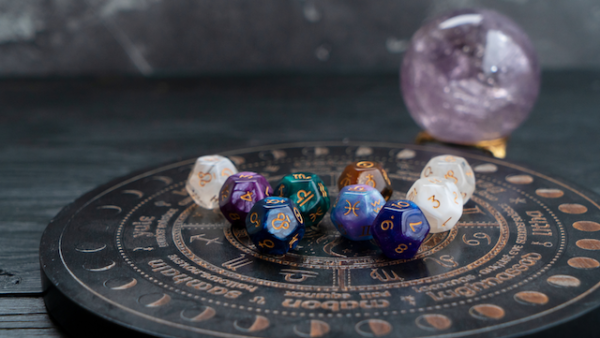When it comes to turning back the clock, the skincare industry is always on the lookout for the newest cutting-edge technologies. But in the case of the Kansa wand—Ayurveda’s answer to the gua sha and face roller—experts are looking back instead of into the future.
What is a kansa wand?
A kansa wand is a dome-shaped face massaging tool that is designed to stimulate blood circulation. The real magic comes from the metal it is made of—kansa, which is a combination of copper and tin. Kansa (or bell metal) is revered in Ayurvedic texts as it promotes lymphatic drainage and removes built up toxins. The pH balancing material is a popular choice for making utensils. In fact, eating on a kansa plate is believed to reduce the acid content in food, making it more digestible, according to Michelle Ranavat, founder, Ranavat Botanicals. In the same way, touching the metal to skin is supposed to help make the skin more alkaline, and making it less susceptible to acne and inflammation.
How does it work?
“The action of rolling leads to increased circulation, pumps more oxygen into the blood, and aids lymphatic drainage. Increased blood flow to enhance skin glow and regular use will lead to more brightness, clarity, and a glowing complexion,” says Rajni Ohri, the founder of Ohria Ayurveda. Explaining the sculpting action that it’s popular for, which promises chiselled features, she adds, “[Using the wand] can improve facial muscle tone, carving out the cheekbones and jawline when working deeper into the muscular tissue on the cheeks. Your skin feels taut and rejuvenated,” she says. Ohri believes that part of its popularity also lies in its versatility. “It can be used to enhance Abhyanga, self-massage, or as a relaxing unique full body, foot or facial massage treatment in a spa.”
Here’s how you can use your kansa wand to tighten and stimulate the skin
To prevent the wand from pulling the skin, a hydrated surface is key. “If you pair the wand with an appropriate serum you are again increasing the impact of your treatment,” says Ranavat. “Apply a serum or an oil to the face, massaging it in. Then, take the wand and start moving it in circular motions around the eye sockets, and figure eights across the forehead and upward strokes across the jaw area,” she says.
“Use deep, slow and firm but gentle sweeping strokes from the centre of the face outwards to stimulate, lift and tone skin. Focus on the nasolabial folds, marionette lines and the jawline,” says Kavita Khosa, founder of Purearth. In her Kwansha Beauty Coin (a mix between a gua sha tool and a kansa wand,) the best of both shapes and materials are used. “Work the bigger groove under the cheekbones, moving outwards. Reserve the smaller groove for the jawline and down along the sides of your neck to stimulate the lymph glands and release toxins.”
If you see a greyness appear on the skin, it only means that the kansa is working, says Ranavat. The grey is a chemical reaction between the metal and the acid content on the skin as it heals (called oxidisation). Simply wipe with a cloth when done. Khosa adds, “Greyness around the massaged area indicates the release of pitta and heat, acidity, blockages, impurities and toxins from the skin that reacts with the pure kansa metal.”
The article was first published in Vogue
